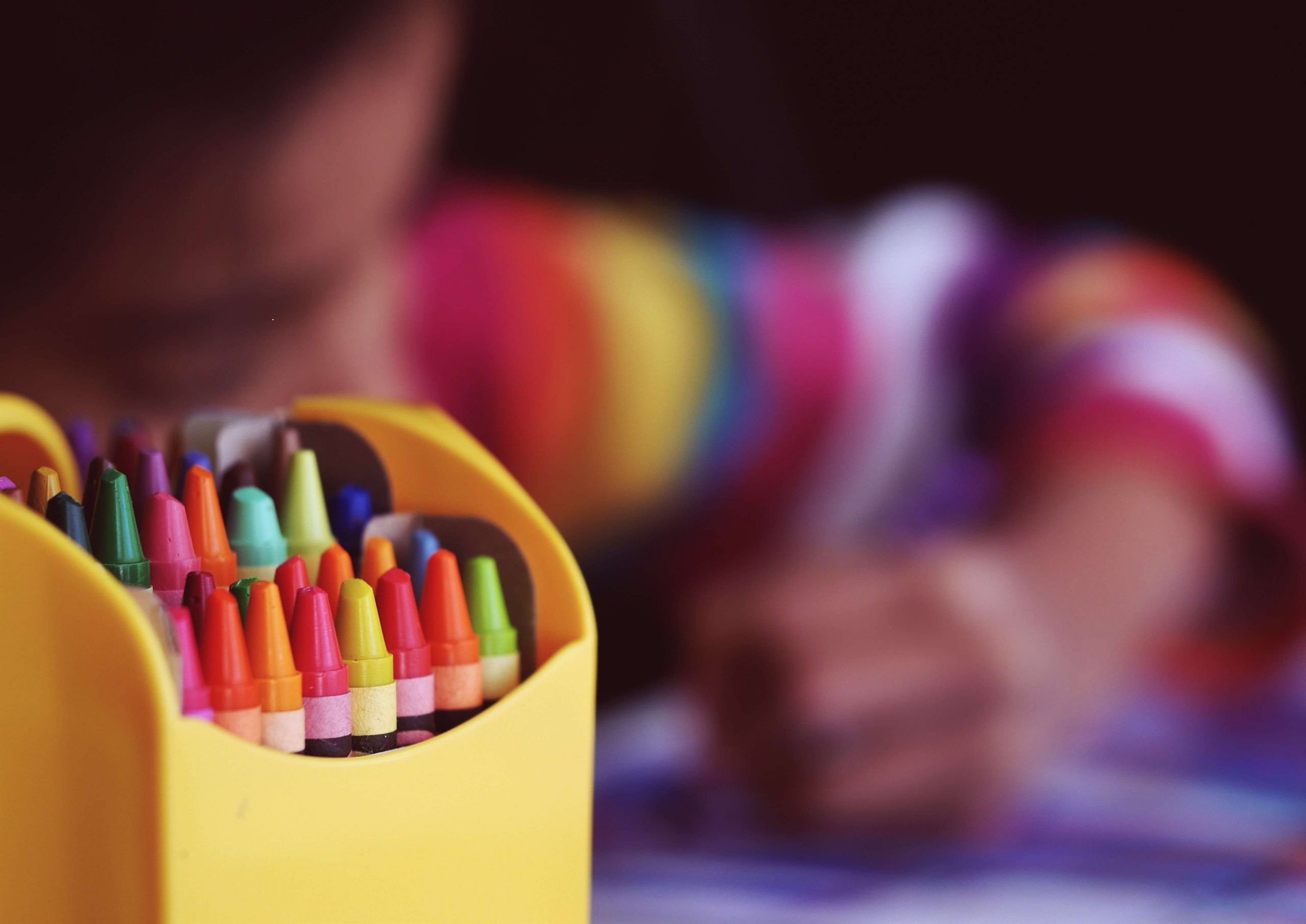
Frottage is a simple and often underestimated artistic technique, which probably everyone knows from childhood, although not necessarily able to name it. What is it about?
The word frottage (polonized frotaż) comes from the French “froter”, which means “to rub, rubbing”. The basis of this interesting technique is rubbing a sheet of paper with an unsharpened pencil (or other tool) after placing under it an object whose structure and pattern we want to copy.
Although the removal of impressions from reliefs was known in China already before our era, it is officially accepted that the frottage technique was invented in 1925 by the German surrealist painter Max Ernst
The artist was delighted with the pattern on the floorboards and decided to copy it. To do so, he placed a sheet of paper on the floor and rubbed it with charcoal. The newly discovered technique and the resulting graphics, which reminded him of a fantastic forest, inspired him to create a whole series of drawings published under the common name “Natural History”.
Frottage was enthusiastically adopted by many Surrealists, who eagerly used it to create astonishing compositions.
To make a composition using the frottage technique you will need:
Place a piece of paper on the object whose texture you want to reproduce. It is important not to rub it hard or move it. For more interesting effects you can use pencils of different softness, crayons in different colors or change the direction of rubbing.
Frottage is a well-known reproduction method. With its help conservators and archaeologists create copies of designs from old vases, dishes, coins, interior elements, etc.
If, for example, you want to show a not very clear pattern with a visible hatch effect, it is best to choose harder pencils or crayons and press them firmly to the paper. If, on the other hand, you prefer smooth tonal transitions with a clear pattern, you should use a softer medium, such as wax crayons or pastels, and not press them firmly against the surface of the sheet.
We can use one color, two colors or any combination of several to make a drawing. Shades can be overlapped to get interesting effects.
Another idea to get an original drawing is to use a white candle for rubbing. The reflection of the object will be invisible, and we can use paint to finish the graphic. The paint will cover only those places on the card where there is no wax.
We do not have to imprint only single objects. Frottage is ideal for creating impressive and unique compositions consisting of many objects with different textures.
We choose objects and arrange a composition of them – a landscape, a character or an animal. To make your work easier, you can glue all the elements to cardboard. This way they will not move when rubbed. On the prepared composition put a sheet of paper and reflect the patterns with a pencil or crayon. When you finish, you can always add additional elements to the drawing using the same method.
Frottage technique can also be used to fill in the elements on the finished drawing. If you have drawn flowers, instead of coloring their petals in the normal way, you can put an object under each and reflect it within the contour, thus obtaining original and interesting patterns.
Frottage is a technique easy to perform. It does not take much time, does not require special preparations, expensive materials or special skills. Maybe that is why it is so eagerly used as an art method for the youngest. Apart from the fact that it is great and creative fun, it also supports the development of the sense of touch. Maybe it’s a good idea to entertain children bored with sitting at home? All you need are some A4 sheets of paper, crayons or pencils and some cardboard, to which you can stick different convex objects with interesting structures. Let the kids let their imagination run wild!